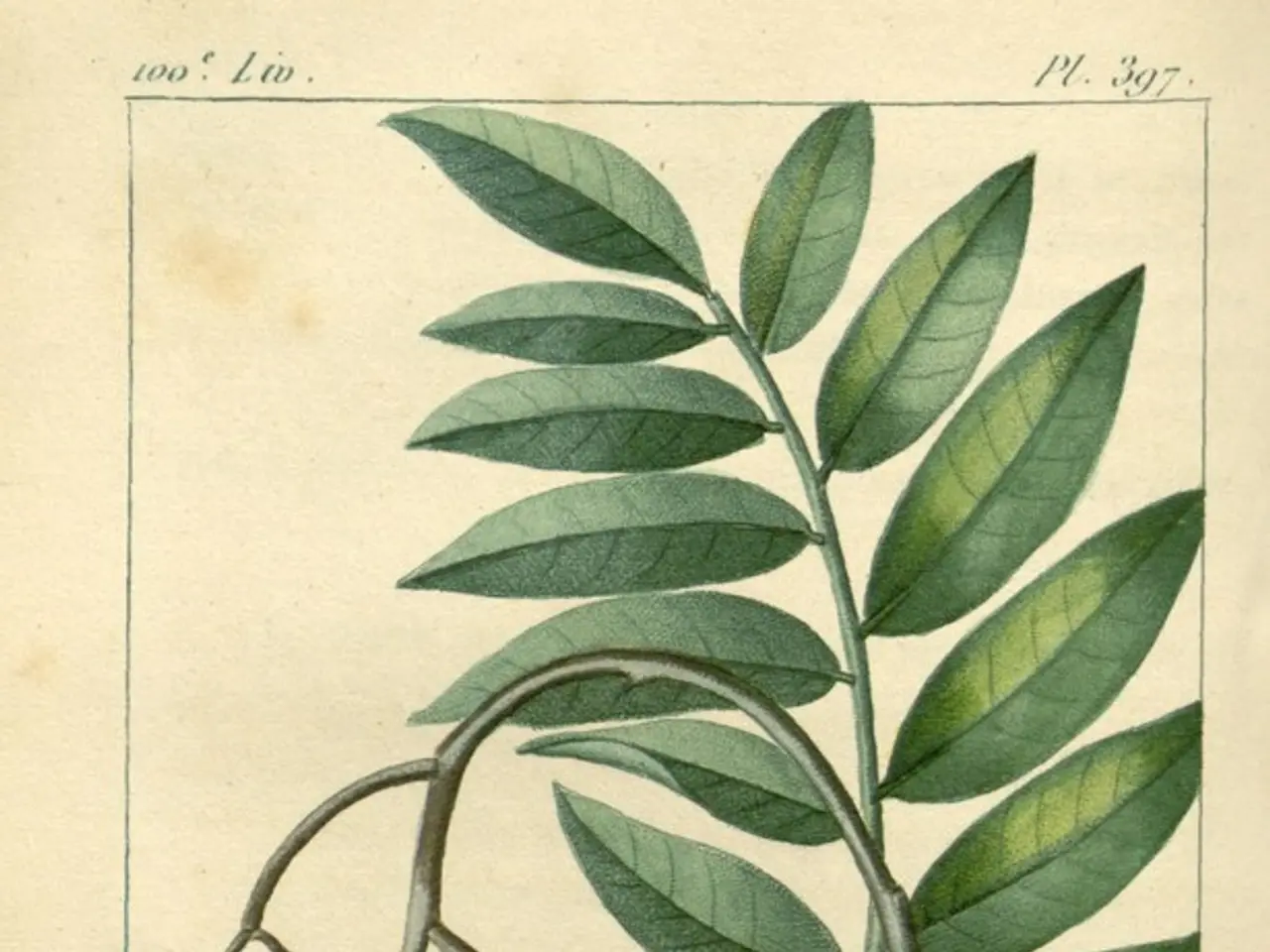Sowing kowhai seeds | Germinating kowhai seeds in New Zealand
In a fascinating educational initiative, students are learning about the science of planting and the beauty of New Zealand's native flora through a project focused on growing kōwhai seeds. This activity is part of the 'Investigating in science' strand of the Nature of Science.
The project, titled "Envisioning student possible selves in science: Addressing 'plant blindness' through place-based education," was written by Chloe Stantiall as part of the Teaching and Learning Research Initiative. Researchers Maurice M. W. Cheng and Bronwen Cowie from The University of Waikato provided assistance.
The project offers a variety of activities, including collecting kōwhai seeds, observing them, sharing scientific understanding through poetry, creating kōwhai infographics, and conducting student-led investigations about seeds.
To prepare and plant kōwhai seeds for successful germination in a classroom setting, follow these steps:
- Scarify the seeds: Kōwhai seeds have a hard outer coat which can inhibit water absorption and slow germination. Lightly nick the seed coat with a file or sandpaper, or soak the seeds in warm water for 24 hours to soften the seed coat and promote quicker germination.
- Soak the seeds: After scarification, soak the seeds overnight in warm water to help activate germination.
- Planting medium: Use a well-draining potting mix, such as a seed-raising mix or a mix of peat and sand, to prevent waterlogging.
- Sowing: Plant the seeds about 1-2 cm deep in seed trays or small pots. Cover lightly with soil.
- Watering: Keep the soil consistently moist but not waterlogged. Use a spray bottle to mist the soil surface to maintain moisture without disturbing the seeds.
- Warm environment: Place the trays in a warm, bright area but avoid direct intense sunlight that can dry out the soil. Room temperature (around 20–25°C) is ideal.
- Germination time: Expect germination in about 2-4 weeks depending on conditions.
- Transplanting: Once seedlings develop several true leaves and are strong enough to handle, transplant them into larger pots or outdoors if conditions allow.
These general steps align with typical methods for tough seeds like kōwhai. Sanding or clipping the seed coat speeds up the germination process of kōwhai seeds.
During the lesson, students make various planting decisions, some of which might have hindered germination. However, one student successfully grew a kōwhai seedling by diligently watering and caring for it.
By the end of the activity, students should be able to research conditions, plant seeds, and justify their decisions. The project also encourages students to explore their sense of place and science-related possible selves through local curriculum units that focus on plants.
For further learning, the article suggests using the Figure it Out resource "The Greenhouse Effect" to look at the relationships between the growth rates of different plants. There is also a recorded webinar available called "Exploring mātauranga in the classroom."
Useful links for learning how to prepare kōwhai seeds for planting can be found from the Department of Conservation, the Foundation for Arable Research, and Red Earth Native Plants.
This activity can be a stand-alone lesson or part of a wider teaching/inquiry sequence about mātauranga Māori of kōwhai.
In the "Envisioning student possible selves in science: Addressing 'plant blindness' through place-based education" project, students engage in learning about environmental science and education and self-development through activities like growing kōwhai seeds. This hands-on, place-based learning experience encourages students to research conditions, plant seeds, and justify their decisions, thus fostering their sense of place and potential science-related selves.
Throughout the project, students also have the opportunity to deepen their understanding of the science behind plant growth and the environment by exploring various educational resources, such as "The Greenhouse Effect" and the recorded webinar "Exploring mātauranga in the classroom."




